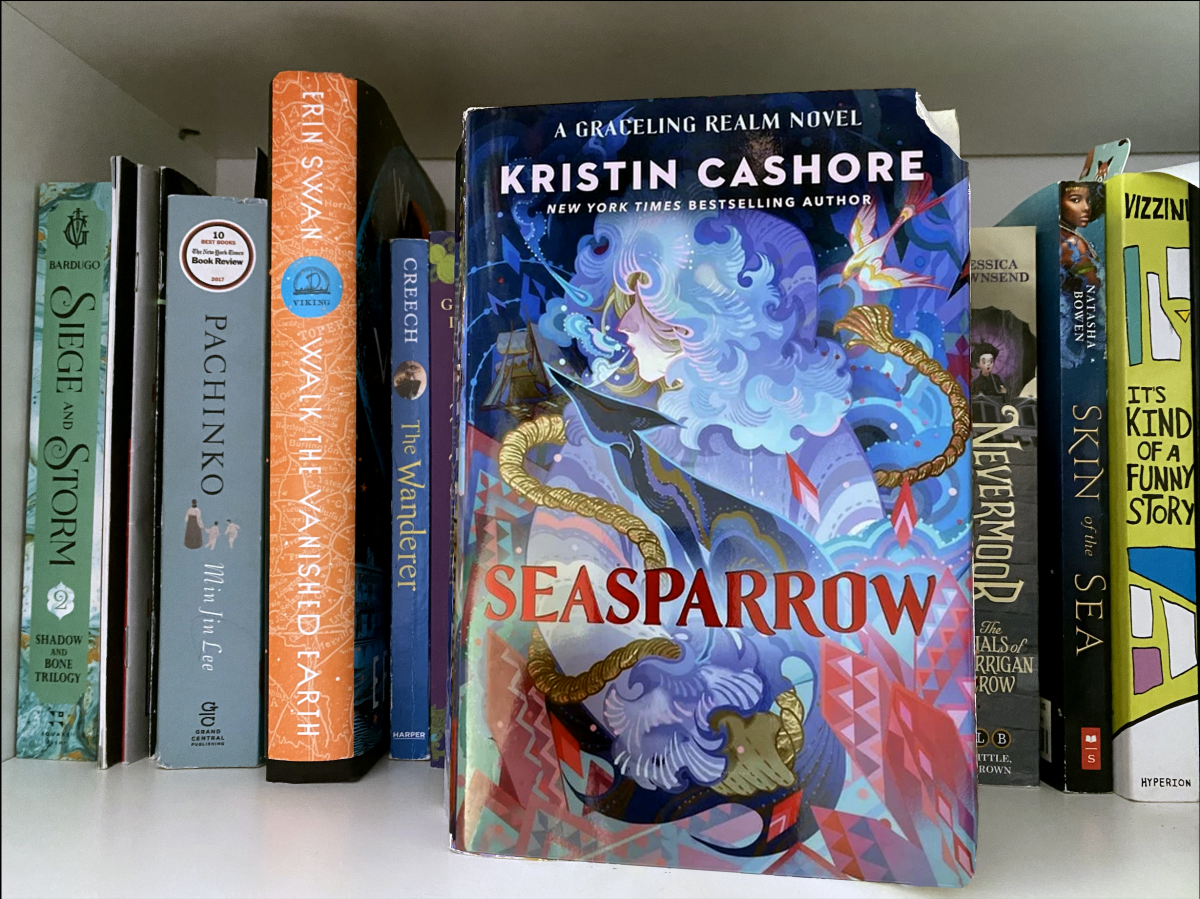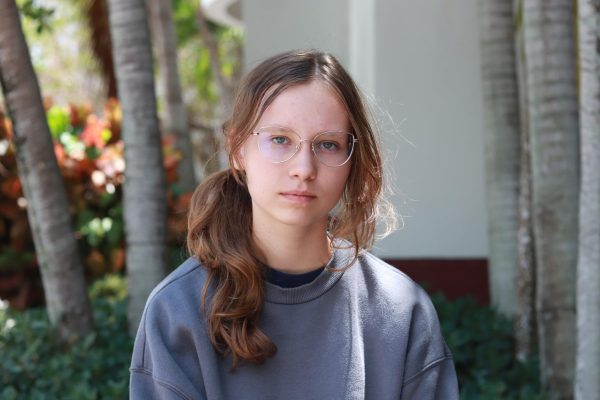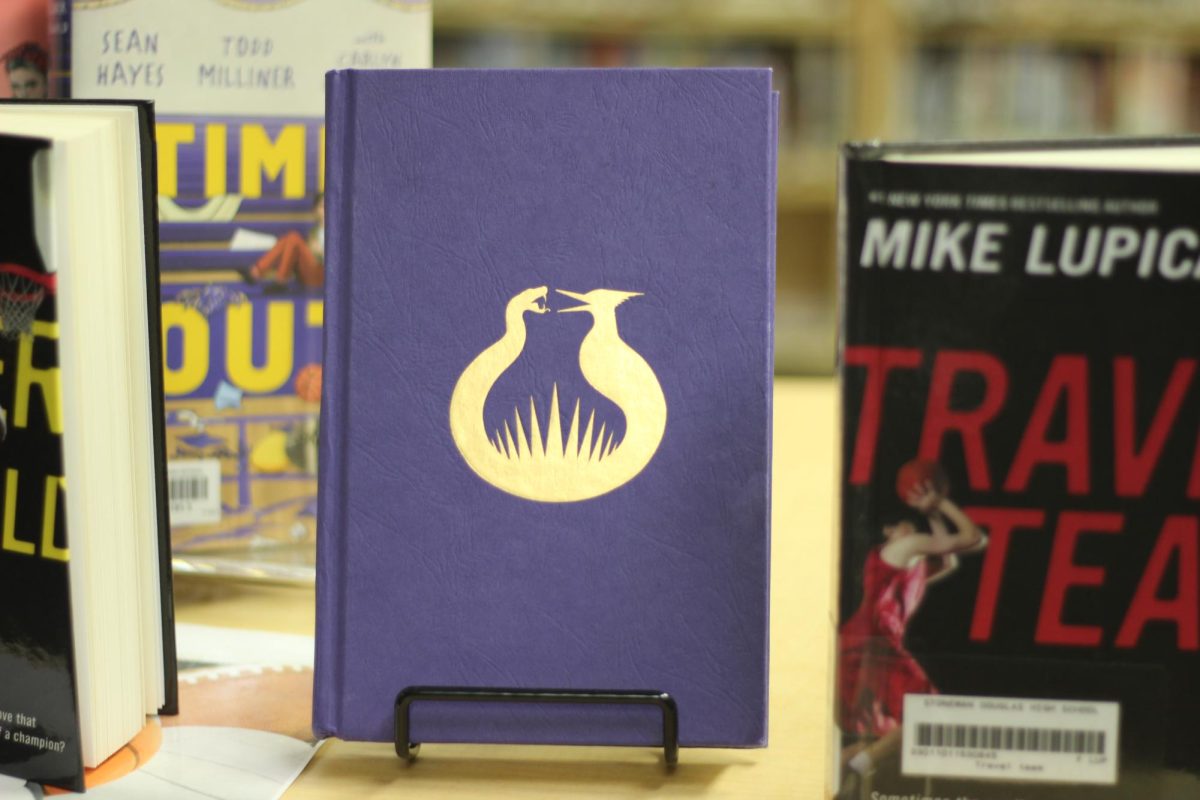The book “Seasparrow” is written by young adult novelist Kristin Cashore and takes place on a royal boat called The Monsea. In the novel, the ship’s crew sails across a cold, desolate ocean surrounded by icebergs and storms. This arctic setting was heavily based on Cashore’s time spent in the Arctic Circle, where she completed an artist residency.
The Monsea is owned by Queen Bitterblue, the sister of the novel’s narrator, Hava. In the beginning of the story, Hava is tasked by the queen with stealing and translating chemistry papers. The papers describe how to make zilfium explosives, which are extremely powerful and dangerous weapons.
At this point in time, Hava is the only person in the world who has any information on how to make zilfium weapons. This is because the scientist who had originally made the weapons died in an explosion that occurred when Hava tried to steal the papers from her. However, the scientist left out information in the papers and the instructions they contained were impossible for Hava to decipher without contacting the person the scientist continuously referenced, named LV.
The way Cashore explores very complex themes in her story is interesting. This story’s overarching plot focuses on environmental harm and atomic weaponry, a very unique theme that is not normally discussed in fiction books. Hava is unsure if she is doing the right thing by translating the zilfium papers because, if the weapons are used, the entire continent could erupt into war.
Hava enjoys being on the ship and dreams of becoming a sailor; so, she asks questions to the crew and learns more about The Monsea from them. The ship is captained by Annet, who calls Hava by the nickname “Habpva”–after the multicolored Keepish bird that exists in the novel–because of her different colored eyes.
Hava’s eyes are this way due to the fact that she is a graceling, a person with a special type of magic who can transform into anything. This ability is called a “grace” and it allowed Hava to hide away in plain sight as a child. She did so because of childhood neglect, which caused trauma that she attempts to confront throughout the novel.
When Hava was young, her sister was not even aware of her existence due to her always being invisible or hiding. Hava later became a spy for her sister because of her grace, allowing her to listen in on conversations without ever being noticed.
“Seasparrow,” like many of Cashore’s books, is a study of trauma and abuse. However, this story is a little different from Cashore’s other novels in that there is an overarching plot that allows more exploration into Hava and her character. While “Seasparrow” is a part of a connected series, all of Cashore’s books can be read independently. In fact, Hava has been a notable character in other books in the same series, like “Bitterblue” and “Winterkeep,” and with this novel, readers finally get a glimpse into her side of the story.
On the ship, Hava learns how to make friends for the first time due to her sheltered childhood. For all of her life, Hava has felt as though she constantly needed to be performing for people, using her grace to hide her facial expressions and insecurities. So, as she grows closer to people like Linny, a sailor on The Monsea, she finally learns how to let her guard down and trust. With people like Annet, she lets down her grace entirely.
One way that Hava heals from her past is by rescuing a blue Keepish fox that is being abused on the ship’s hold, which she names Hope. Hope is badly hurt and close to death when Hava finds her and takes her in. She looks as though she has been abused, has no memory and can only communicate minimally. Still, Hava befriends the fox and eventually comes to realize that Hope is different from other foxes because she knows chemistry.
This is an important plot point because by learning Hope’s history, Hava learns that Hope’s old name was LV and that she was originally the scientist’s fox. Hope slowly regains some of her memory over the course of the novel, and this is what ultimately allows Hava to fully translate the papers before the ship docks. From there, Queen Bitterblue is able to make negotiations on how zilfium weapons will be used.
Cashore once again shows her ability to write believable characters with flaws via this novel. What Hava goes through does not make her unbreakably strong, but instead allows her to grow as a person. Even as someone who does not typically enjoy ship and sea centered books, “Seasparrow” proved to be a lovely read. Cashore’s writing makes very difficult topics seem easier and shockingly, almost comforting. Everything about this book will keep readers hooked and coming back to it.








![[Review] ‘The Inheritance Games’ series warms readers’ hearts](https://eagleeye.news/wp-content/uploads/2025/01/Screen-Shot-2025-01-08-at-8.37.08-AM.png)



